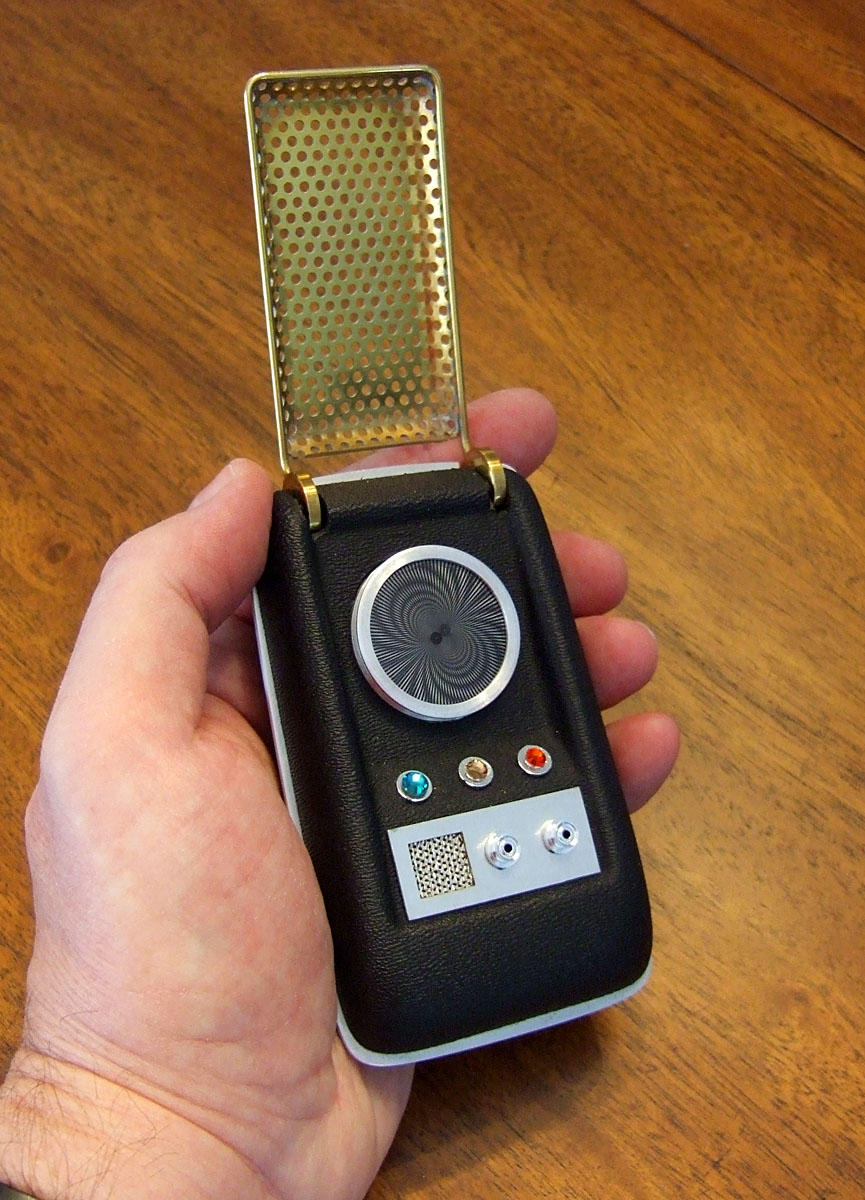Back to the Future
With the growing demand of wireless facilities in mobile, indoor and personal communications for speech, data and image services, the millimeter (mm) frequency band appears to be a strong candidate for the future. … In recent years the possibility of using the millimeter-wave band, especially the 60 GHz band, as a transmission medium for mobile broadband communications has been emphasized”
These sentences are taken from the abstracts of millimeter-wave communications papers, but what you may note is that were written 25 years ago in the framework of COST-231. In fact, the applicability of millimeter wave systems to wireless communications was measured and modelled within COST in the 90’s, when 2G was still under deployment.
These days we have come back to the future of wireless communications “re-discovering” the possibility of having mobile links at those frequencies so, many of the works of COST231 and COST 259 still may have sense. I won’t mention any particular name, but just surf the Internet for “COST 231 60 GHz measurements models” and you’ll recognize some colleagues’ names which are still participating to our current Action IRACON.
Now, if the future handy terminals have to work at millimeter wave frequencies, one of the evident open challenges is to avoid the body effect on the terminal antennas: mismatching, coupling, detuning, … It was also in the 90’s when one the best-seller mobile phones of the decade was inspired in a prototype showcased 25 years before, in 1964, in which the flip cover of the phone looks like a massive antenna array physically decoupled of the terminal and so of the hand effects: https://goo.gl/TGuBL9
Welcome back to the future!
| Prof. Narcis Cardona
Director of iTEAM Research Institute |